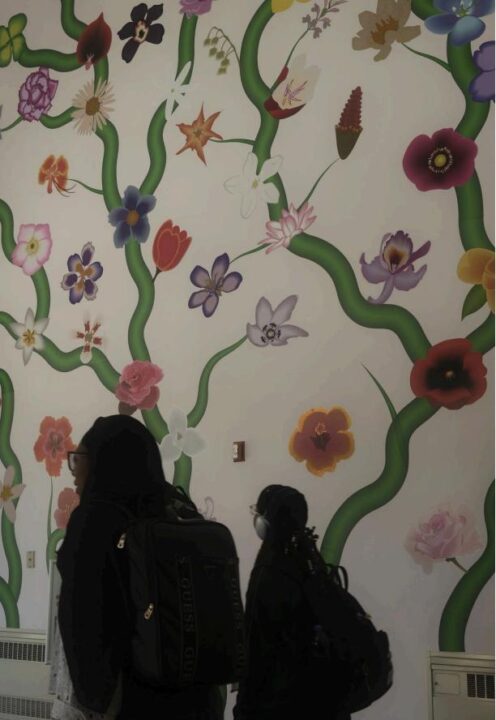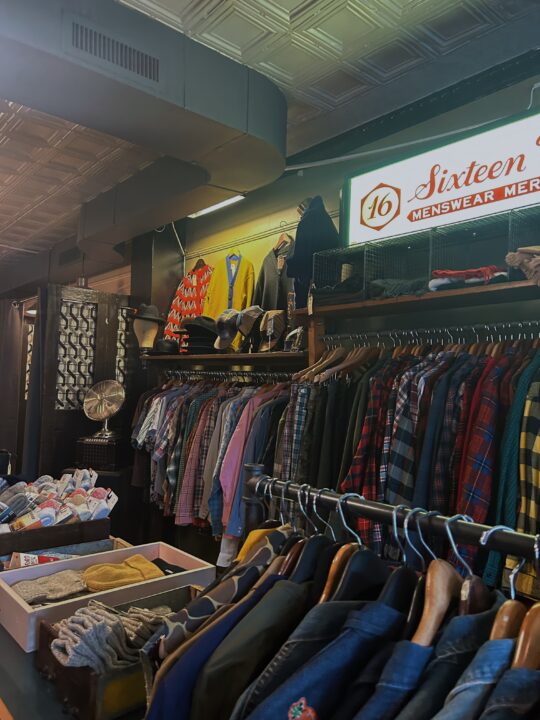Over the next few weeks, UMBC’s ART 427 Museum Practice class is working hard to get ready for its upcoming show: “Behind the Lens: The Visual Tales of Jim Burger.” The Retriever spoke with three students from the ART 427 class to get the inside scoop on what it takes to organize an art exhibit.
In ART 427, students were given a grouping of unsold works by Jim Burger, a local Baltimorean photographer. From that large cluster of photographs, students had to choose only 10-20 pieces for their own exhibition designs. After each student proposed their individual exhibition design, the class collectively agreed to use senior photography major Tyler Spooner’s design for their end-of-the-semester exhibit.
Choosing Spooner’s design is only the beginning of the exhibition process; however, the creation of the exhibit design is vital to the success of the exhibit. Junior art history and museum studies major McKenna Austin-Ward explains, “Theme comes first … and then go and build your collection around your theme.” With a solid theme chosen, the ART 427 students are now working out the nitty-gritty details to prepare for the installation of the exhibit. Contrary to what some people may think, a lot goes into an exhibit before the installation process begins.
Hannah Bashar, a junior biology and art history major, describes the pre-installation process, “We each have dedicated roles such as marketing manager who takes care of social media marketing, designers and editors who make sure our materials and branding are consistent, technicians and interviewers … and exhibition manager to keep us all on track.”
Spooner remarked, “The mission that I had in my proposal for this is to have visitors engage with the exhibition and hope to inspire them into sharing their own photos and their own stories that go along with them because storytelling is the backbone of our culture.”
The exhibition invites viewers to not only view the various photographs of the people of Baltimore but to also hear the stories behind some select photos. According to Spooner, an audio aspect will be added in the exhibit so that the viewer can hear Burger’s intentions behind the photographs.
When asked why storytelling is important, Austin-Ward responded, “I think they [stories] almost provide a sense of stability in somebody’s life if they can connect with the past.” Spooner also added, “With these stories we learn about specifically within our own families, we’re able to learn about where our families come from, who people in our families are.”
The exhibit, “Behind the Lens: The Visual Tales of Jim Burger,” allows viewers to slow down from their fast-paced lives, shift their focuses away from where their futures will lead and to, instead, reflect on how they came to be where they are. Baltimore is a diverse city with an equally diverse oral history, and Burger’s photos represent the uniqueness of the stories of the people of Baltimore.
The installation will begin on May 8, and the opening reception for the show will be on May 10 from 6 to 8 p.m. at the Hal Gomer Gallery in the Chesapeake Arts Center. The exhibit will run from May 10-18, so come out to learn about the stories behind Baltimore’s citizens and to support the hard work of the students in ART 427.


